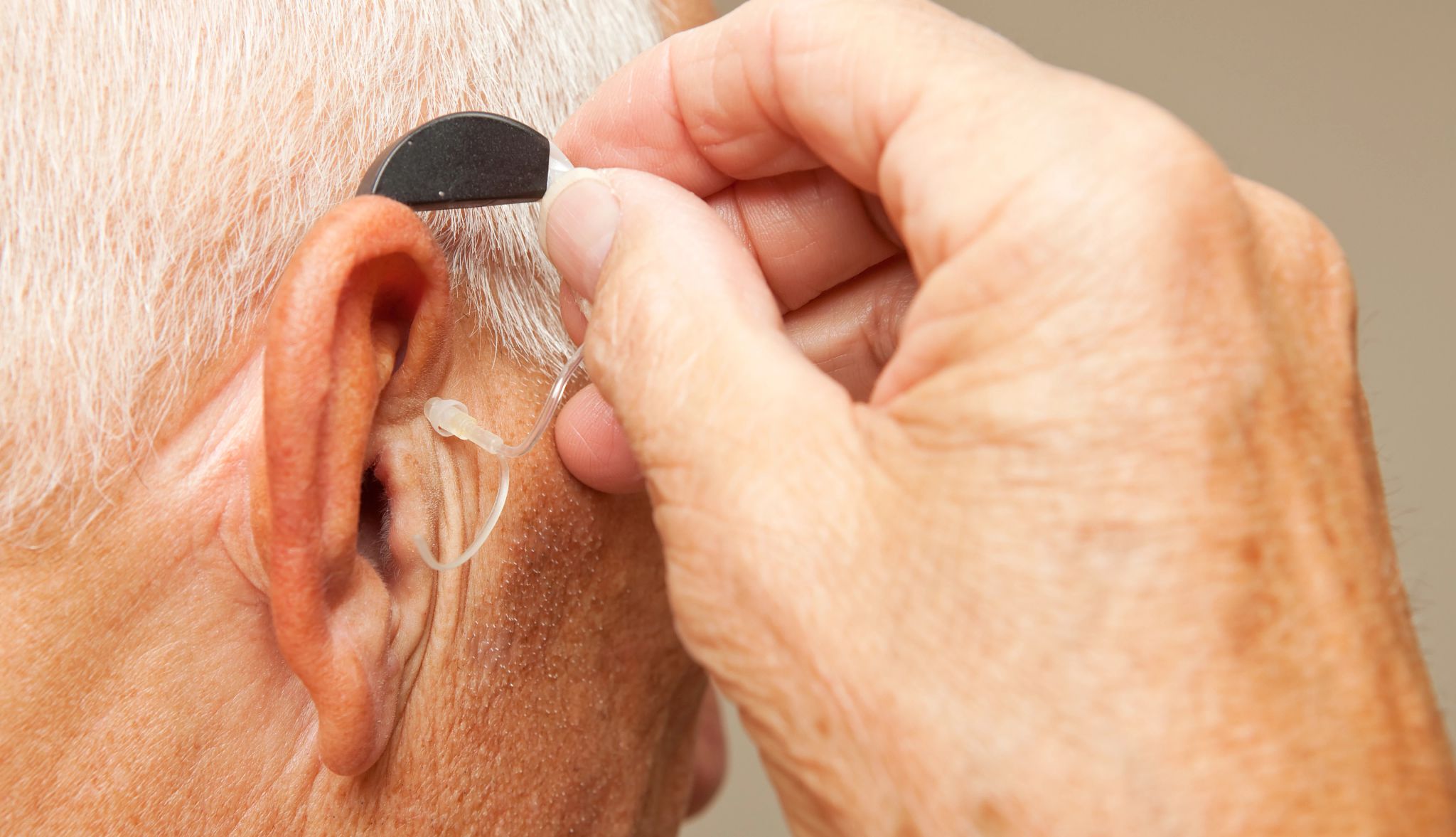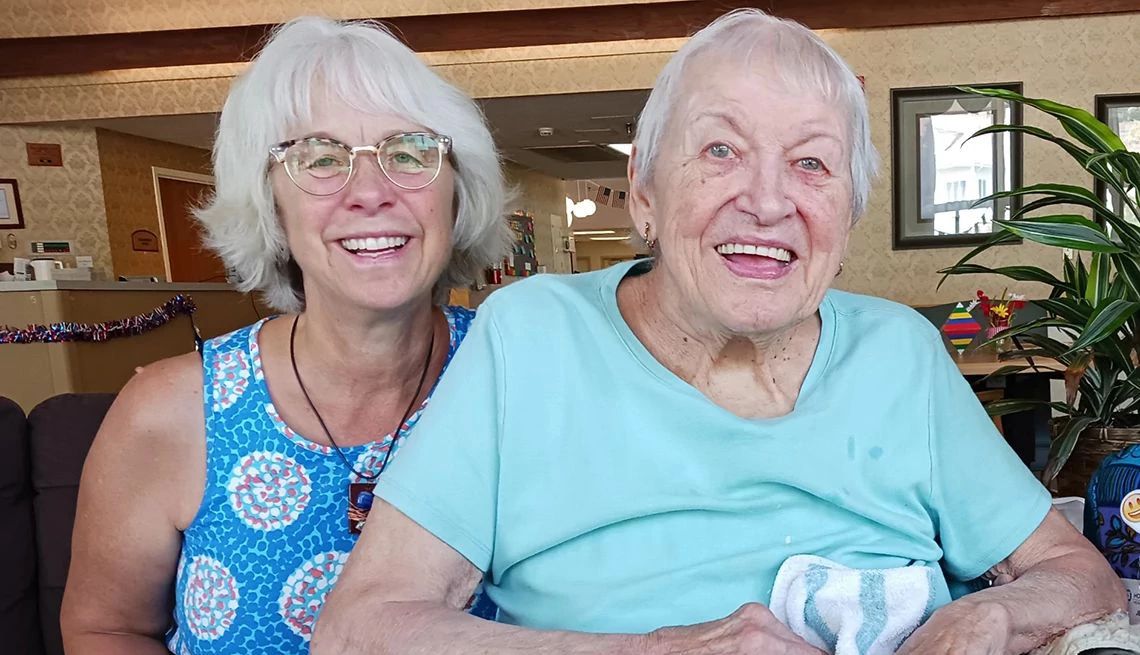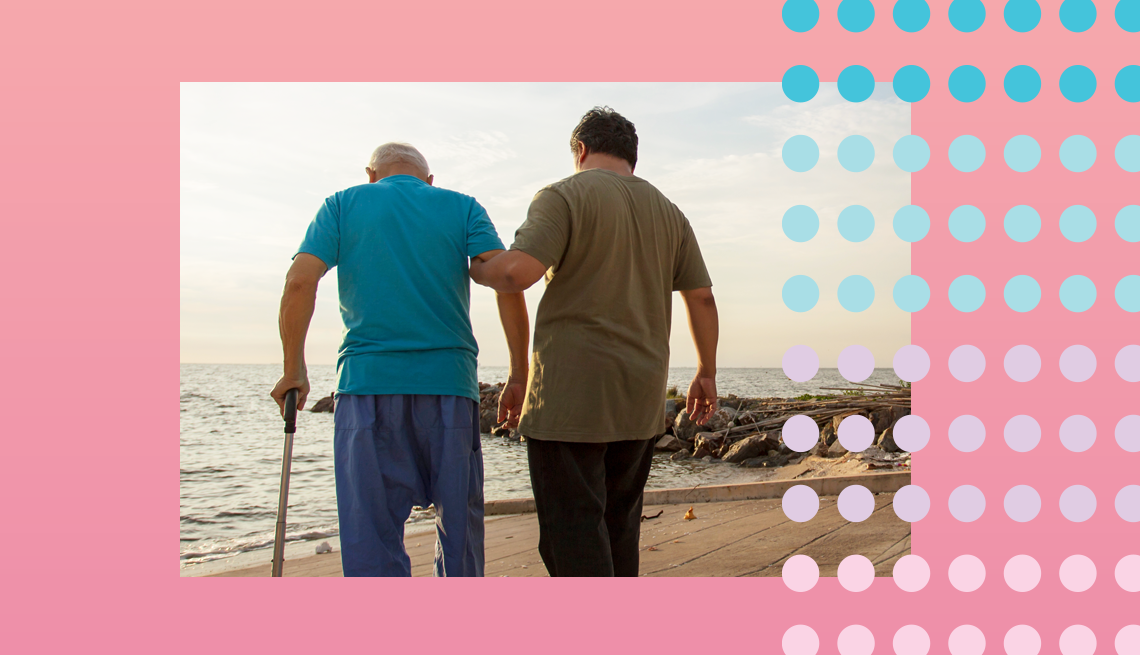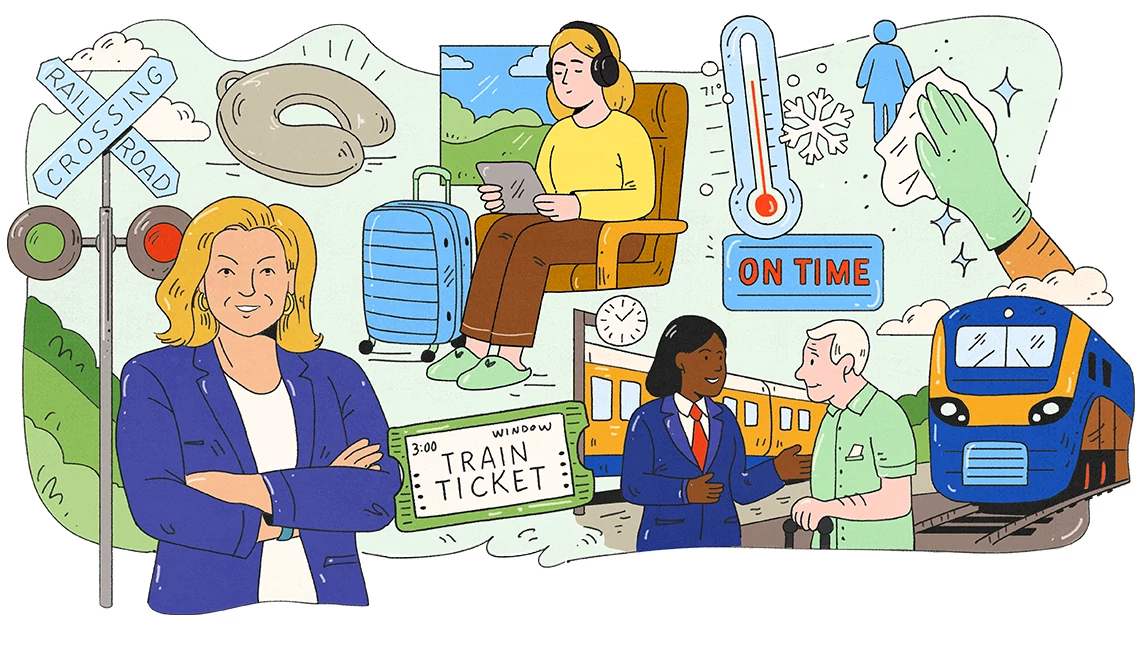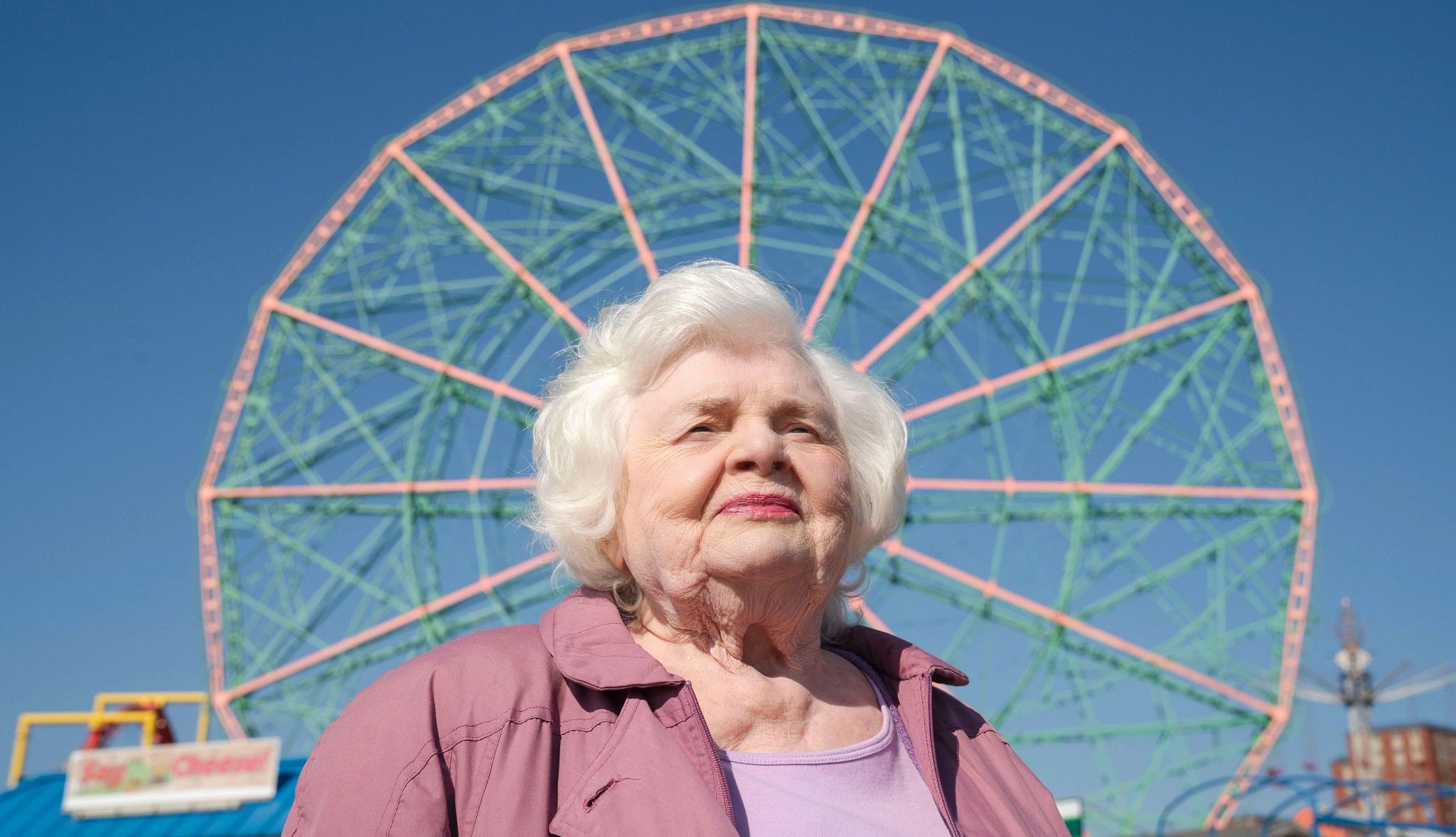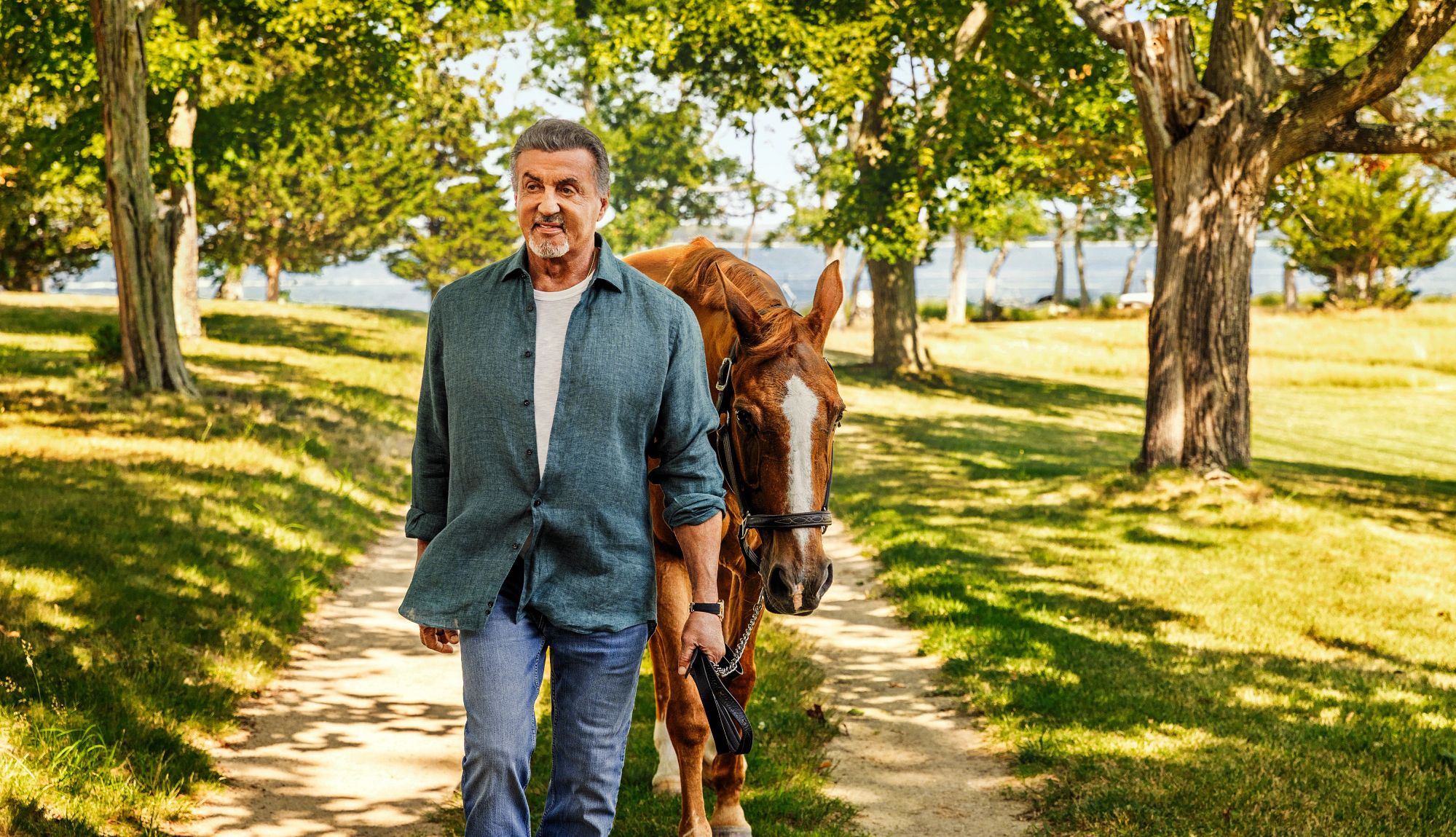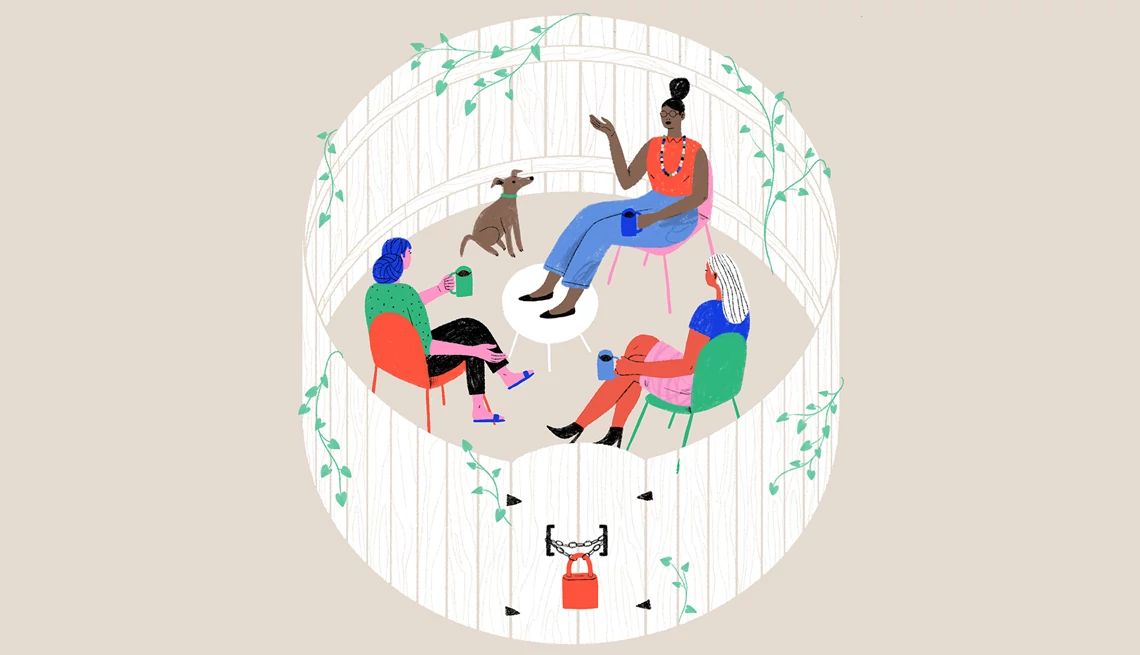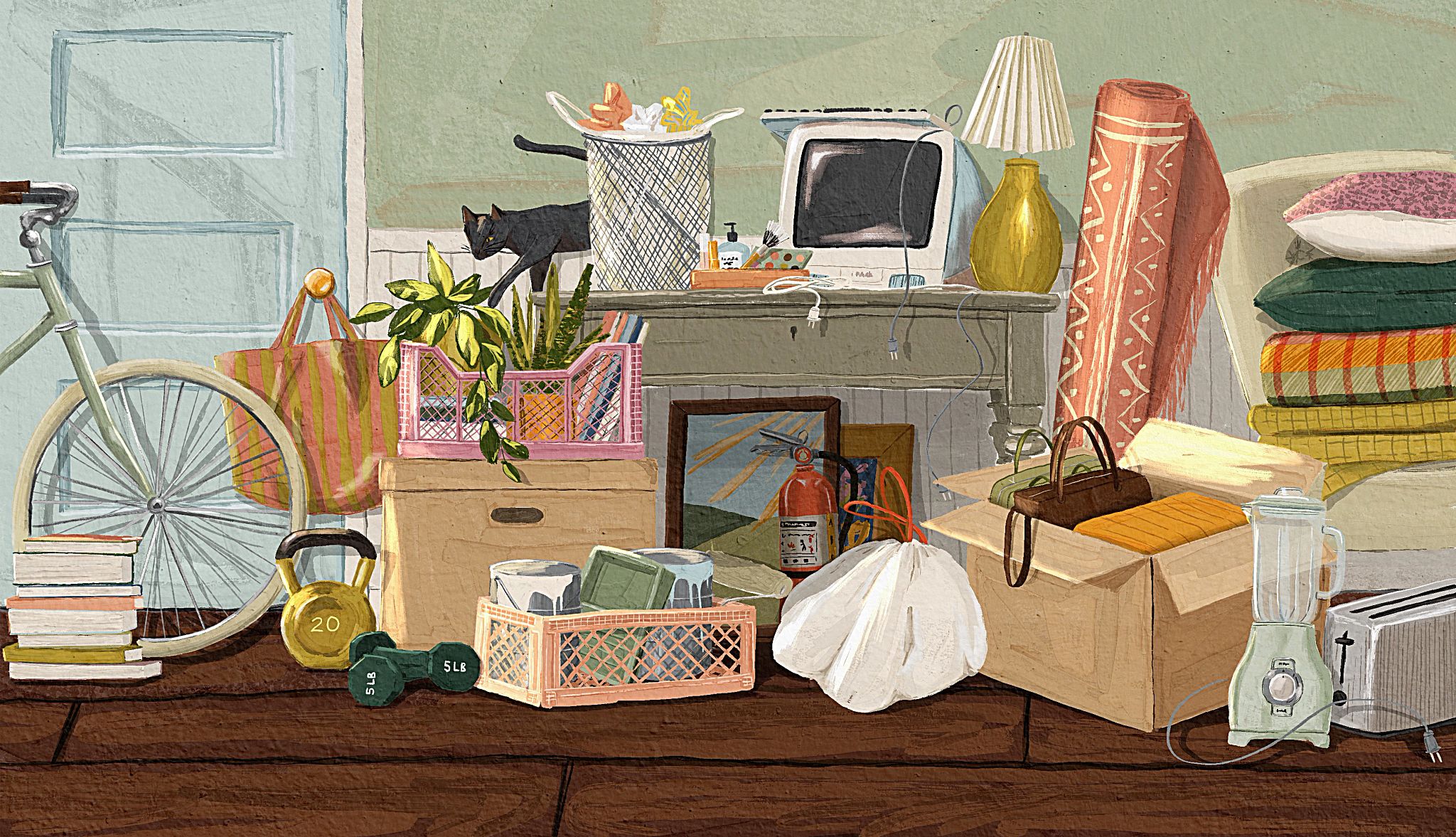AARP Hearing Center

How well does your cat ride in the car? Does your cat hide when the doorbell rings, or does she want to sit in visitors’ laps within the first 10 minutes of their arrival? Does your cat enjoy being brushed and groomed, or does she have a “don’t touch me” attitude about any kind of body handling?
If your cat has some of these reactions, it’s likely she is under-socialized. Most cats are. Cats, dogs, and other species of social animals experience a sensitive period in their development during which time they easily learn to accept new experiences. This helps them to more easily adjust to new and unfamiliar things later in life.
You’ve probably heard many recommendations about the importance of socializing puppies, yet seldom do we hear the same recommendations make for kittens. Part of the difficult in socializing cats to people is that the sensitive period for socialization occurs much earlier in cats than in dogs – between 2 and 7 weeks of age. So by the time most people acquire kittens, the window of opportunity during which cats most readily form social attachments with people, is beginning to close. However, there’s been no research done to see whether the sensitive period for socialization to events and environments occurs during this exact same time frame or not.
Cats rarely go on car-rides except to unpleasant destination – the groomer, the kennel, the veterinarian. Indoor only cats don’t have opportunities to become familiar and at ease with events outside their small world. While we don’t recommend free outdoor access, cats who are allowed outside under supervision (secure enclosure or safe leash walk), have the chance to experience and become less fearful of more and varied stimuli. Many shelters believe that cats they take in who have been allowed outside, adapt to new homes easier than those who have been previously lived in a one-owner home.
You can implement a “remedial” socialization program to help your cat better tolerate certain things she doesn’t like now. Try acclimating her to car rides and the cat carrier, so that being neither predicts a trip to an unwanted destination. Sit in the car with her while you pet, play or feed her, and perhaps drive around the block. Leave the carrier out in an easily accessible place with a soft bed inside. You might be surprised to find that your cat begins to use it as a private little hidey-hole for taking a nap.
If your cat doesn’t like to be petted, begin to handle her more often. Briefly touch or stroke various parts of her body with one hand while offering her a special tidbit, such as a bit of tuna, with the other. You want being touched to predict the tuna, so your cat looks forward to being petted.
Start with what your cat will tolerate. Don’t force your cat to sit in your lap as the first step in a handling program. Perhaps a 5 second rub behind her ears while she licks a bit of tuna juice from your other hand is a better place to start.
Socializing an older cat will require significantly more time and effort than socializing a kitten, so be patient and don’t get discouraged. Practicing a little bit each day can earn big pay offs in preparation for your next trip to the veterinarian or groomer.
Well socialized cats have a better quality of life, show less fearful behaviors and can be integrated into more of your activities.
Dr. Suzanne Hetts and her husband Dr. Dan Estep are Certified Applied Animal Behaviorists. They provide professional behavior education services online, and resources to prevent and resolve pet behavior problems to both pet pros and pet owners. Coral, their diva-dog Irish setter provides daily inspiration. www.AnimalBehaviorAssociates.com .




